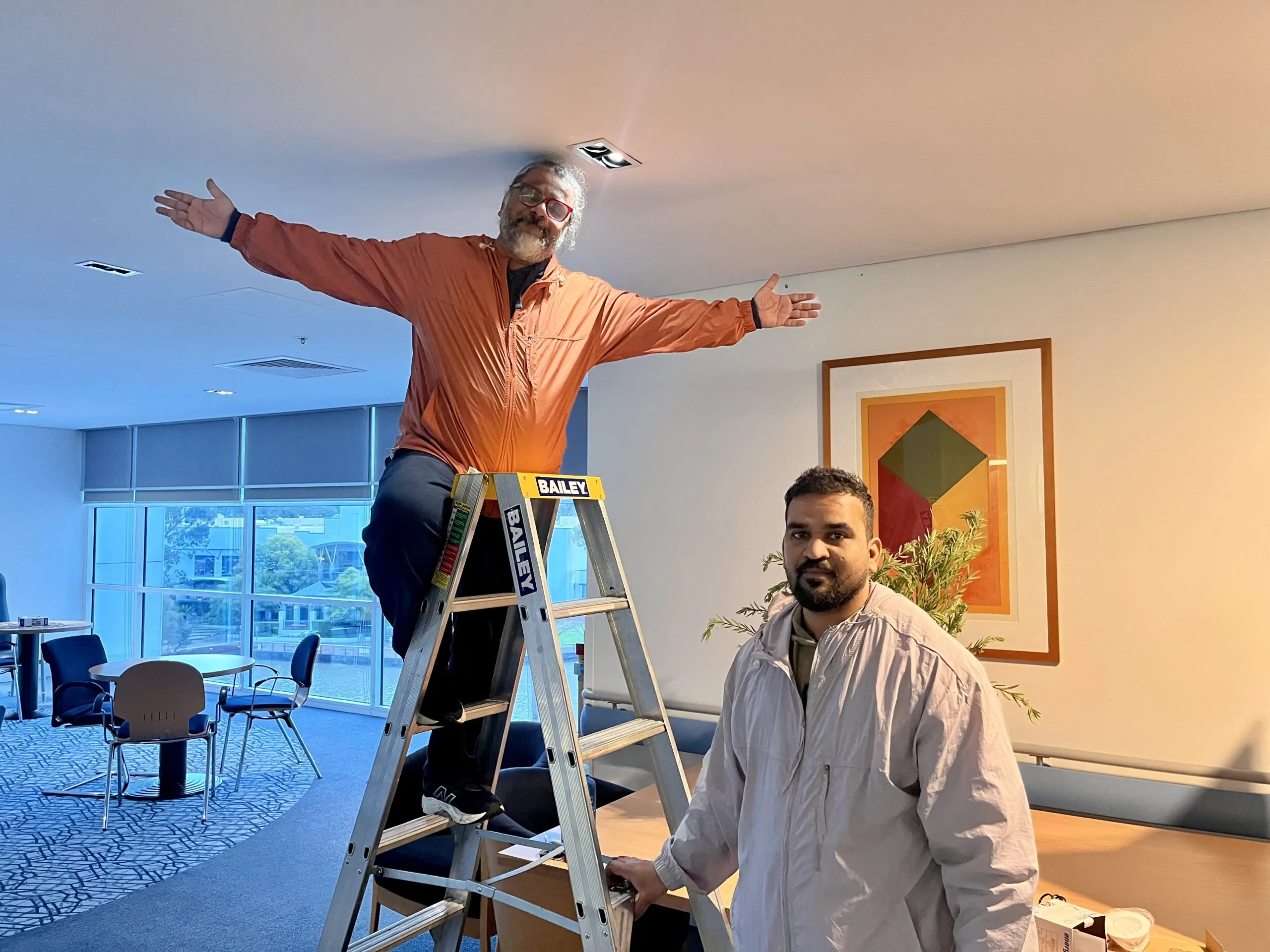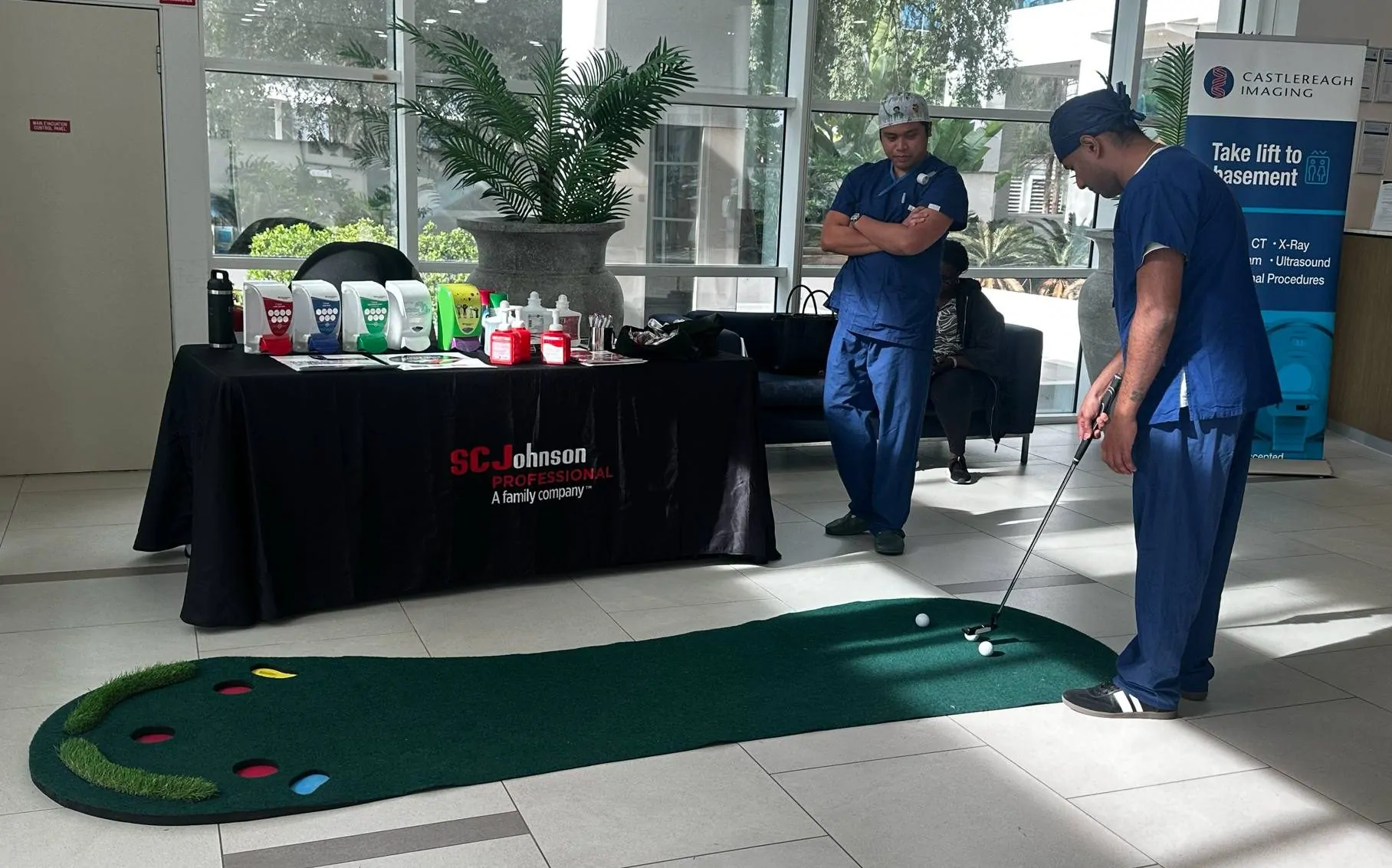
The lateral ankle ligaments are of fixed length and are therefore ”static” stabilisers. The peroneal tendons with their muscles are the “dynamic” stabilisers. To have a truly stable ankle, both components need to be intact and functioning!
How does ankle instability occur?
How is ankle instability managed?
Loss of peroneal tendon function is most commonly the result of wear and tear (degenerative) changes in either one or both of the two tendons. Tears usually run up and down the tendon (longitudinally) and they are accompanied by inflammation (tenosynovitis). Pain often accompanies this problem, leading to loss of function ie. weakness and loss of the normal reflex response to a twisting load on the ankle.
Loose ligaments and tendon weakness often go hand in hand in the chronically unstable ankle, and the presence of one can give rise to the other! Completely torn (ruptured) peroneal tendons usually need to be either repaired or reconstructed. Many people are born with a turned-in (varus) heel. However, this pattern of deformity can also develop over time as a result of either ligament laxity or peroneal tendon weakness. The more severe the varus, the more severe the instability is likely to be. It needs to be addressed at the time of any ligament and/or peroneal tendon reconstruction, and this is usually done by performing a heel bone realignment operation (osteotomy).
Long-standing ankle instability and malalignment can lead to the development of pathology affecting the joint surfaces of the ankle, including osteoarthritis, and these can be part of a vicious cascade or “domino effect” of progressive destructive pathology leading to steadily worsening instability, deformity, pain and swelling. Although all of these issues are manageable, there is often an element of eventual functional compromise and the problems are best avoided in the first place by good early injury treatment.





